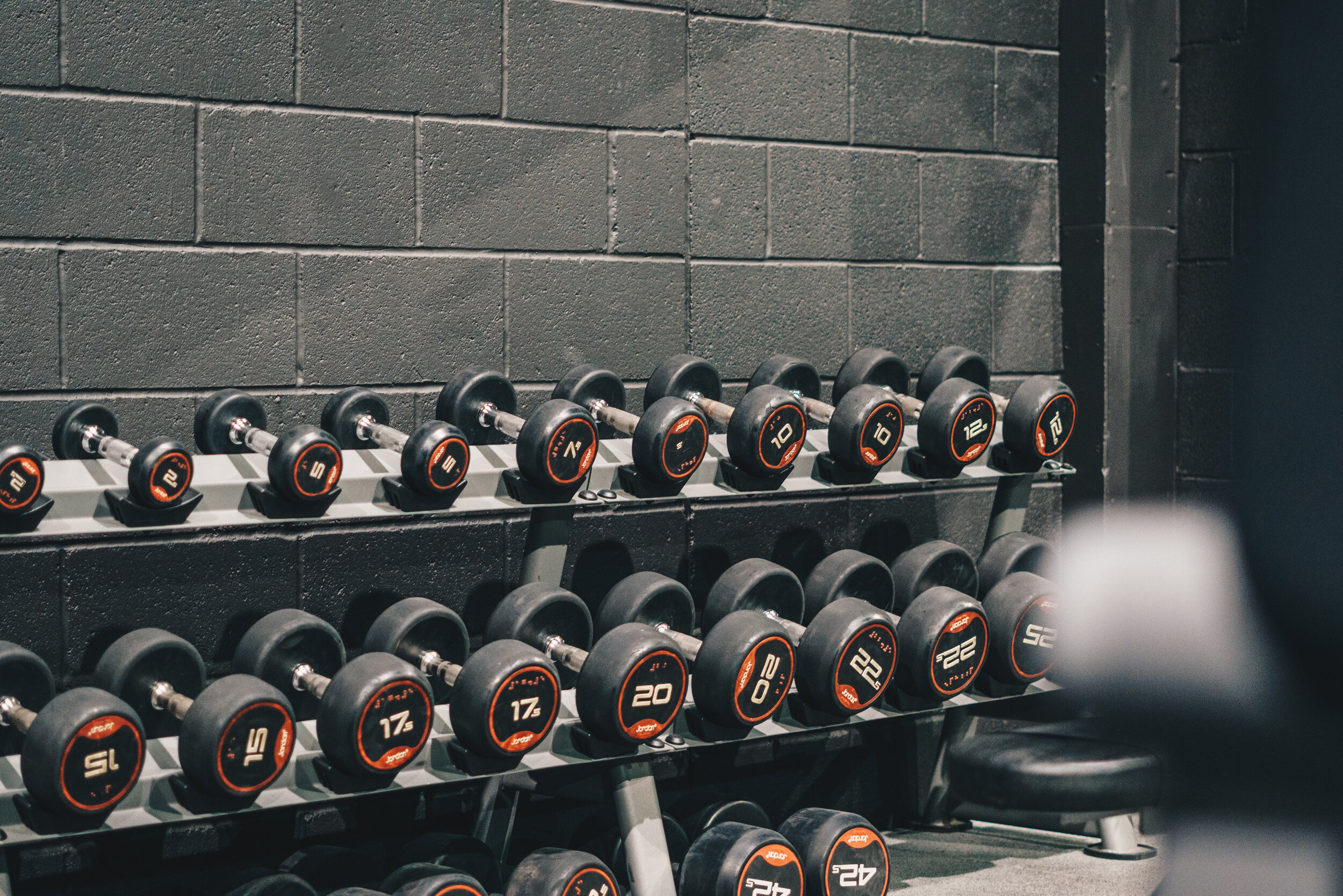For decades conventional wisdom (and Jane Fonda) said cardio was the best exercise for fat loss. Then strength training muscled its way into the spot light as the must do move for revving up your metabolism and “losing weight in your sleep” - prompting many people to give up cardio entirely.
Bear in mind that any exercise is essential for your health and fitness but there are specially designed programs if you want to lose weight fast.
RESEARCH
A few years ago Duke University researchers took to the lab and conducted the largest study of its kind to compare the two and get and answer once and for all. After 8 months of tracking 119 overweight and previously sedentary volunteers while they engaged in resistance training, aerobic exercise or a combination of the two, the clear winner was aerobic exercise.
RESULTS
The cardio group lost about 4 pounds while the resistance group actually gained 2 pounds in the form of muscle mass. However the muscle gain did not lead to any significant fat loss over the course of the study. Aerobics only group lost over 3 pounds of fat while the lifters did not lose any significant fat.
Not surprisingly the cardio plus resistance group improved their body composition the best- losing the most fat while adding lean muscle mass! The only drawback is they spent more time in the gym.
RESEARCH CONCLUSION
Minute by minute, cardio burns more calories than weight training.
WEIGHT TRAINING
But don’t under any circumstance give up on the weight training! It’s crucially important as you get older as your body starts to lose muscle mass thru age related muscle wasting. (this is called sarcopenia) – A natural condition whose only known cure is weight lifting on a regular basis
Resistance training is important for maintaining lean body mass, strength and function. Being functionally fit - being able to easily perform everyday tasks- and maintaining independence as you age are just some of the many benefits of strength training.
WEIGHT TRAINING + CARDIO
So for the biggest bang for your buck+ fitness gains and fat loss, combine the two. Do your strength training first and then finish off with cardio. But you can be flexible with this- do your cardio on separate days and at separate times if it works better for you. All that matters is that you do it.
DIET VS EXERCISE
Diet is the number one way to more easily lose fat and keep it off.
The exercise effect will enhance your efforts and make you overall a healthier person. It’s easier to sustain a calorie deficit through diet than to try to exercise yourself out of excess calorie intake.
You could avoid the 500 calorie muffin or go out for a long run a 90 minute bike ride or jump rope for 30 minutes straight. And you would have to maintain that level of time and intensity everyday! Isn’t easier to say no to the muffin and eat a couple pieces of fruit?
If you miss the gym or get sick you are screwed! Where exercise seems to matter most is for preventing weight regain and maintaining pounds lost from you healthy diet. Exercise seems to be a big factor in body weight control.
The national weight loss control registry, which since 1994 has tracked more than 10,000 people who shed an average of 66 pounds, and kept it off for at least 5 years, would agree. 90% of successful weight loss maintainers exercise for about an hour a day and their exercise of choice is WALKING. And just about everyone can do that with or without a gym.
“Minute by minute, cardio burns more calories than weight training.”
TAKE AWAY
Do strength training at least 3 times a week.
Combine it with your cardio session – but do the weights first cardio second for maximum calorie burning effect.
Alternately you can split up these sessions at different times of the day or different days of the week.
I recommend walking or some type of cardio exercise every day.
If you are sedentary start out with small baby steps- just walk and then consider your options for strength training.
Be patient with yourself and be consistent. Consistency wins the day

![How to Lose Body Fat and Weight in your Sleep [Maximum Results Based on Science]](https://images.squarespace-cdn.com/content/v1/5bef0232266c078f307b92c3/1609611814038-U0UXKKW8464EL4OERAFS/image-asset.jpeg)

![Lazy ways to lose weight throughout the holidays [13 tricks]](https://images.squarespace-cdn.com/content/v1/5bef0232266c078f307b92c3/1608444291730-1PAAA2NK6OTMZRVMGEI0/image-asset.jpeg)
![11 proven ways to lose weight [NO diet or exercise]](https://images.squarespace-cdn.com/content/v1/5bef0232266c078f307b92c3/1607789419536-3993JVOAWDOWYAGODZZE/image-asset.jpeg)










